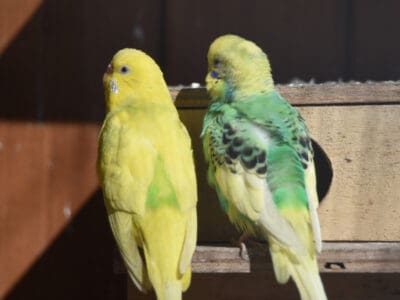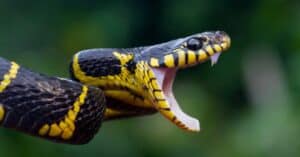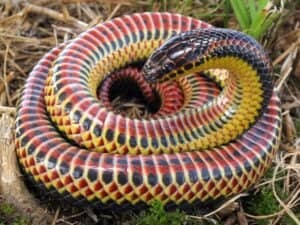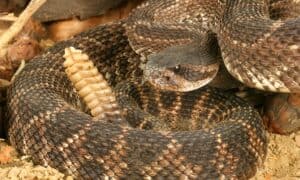Do Animals Cry?
@media (min-width: 481px) {
.mobile-top-content {
display: none;
}
}
#mobileTopContentCTACarouselControls { overflow: hidden; text-overflow: ellipsis; white-space: nowrap; }
.mobile-top-content .more { color: #fff; }
.mobile-top-content a { color: #fff; text-decoration: underline; }
.mobile-top-content a:hover { color: #fff; text-decoration: underline; }
@media (max-width: 480px) {
.mobile-top-content {
background-color: #06a10b;
color: #fff;
text-align: center;
/*height: 60px;
padding-top:5px;*/
font-size:80%;
/* display: block; */
margin: 0px -30px;
}
}
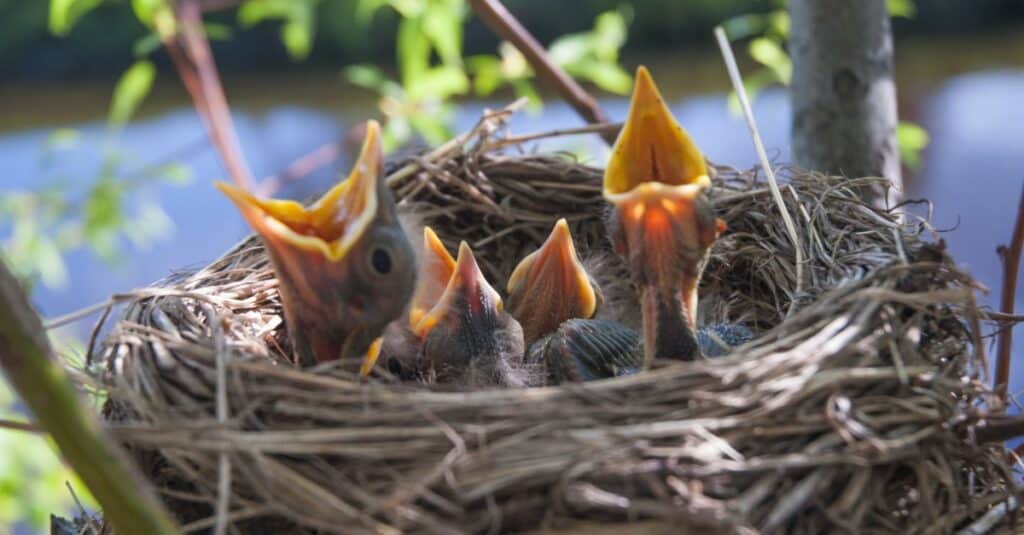
iStock.com/markhonosvitaly
Animals can and do cry. A bird or other animal’s unique call or the shedding of tears are both technical examples of crying. Animals, however, cry in different ways and generate tears for quite different reasons than people do. To answer the question, “do animals cry?” we’ll look at how animals express their emotions and whether they cry in the same ways we do.
Do Animals Cry?

There is no doubt about it: animals shed tears. However, doing so at the same time they are ‘crying’ is unusual. Tearing by animals is usually for the purpose of lubricating the pupils. This is likely because it’s in their best interest to hide any emotion that could make them appear vulnerable in nature. This is in accordance with the Darwinian principle of survival of the fittest. Animals do however exhibit a wide range of emotions and are known to cry out for their own reasons.
It is also important to note that many pet owners claim that their animals cry and shed tears at the same time. Even Darwin believed that elephants and apes wept, which has been an observed phenomenon. Modern scientists, on the other hand, feel that we are the only species capable of a genuine emotional breakdown and crying. So why is this?
Tears of Joy or Sorrow

Ilona Lablaika/Shutterstock.com
We are the only creature capable of creating emotional tears, according to most experts and scientists. A “tears by association” hypothesis has been put forth to try and explain this. For example, in the evolutionary past, babies would squeeze their eyes as they scream for their mothers. This could have been out of fear of what they saw. When the lachrymal glands would be squeezed, it caused tears to flow. Squeezing the eyes and producing tears thus came to connect with all types of pain and suffering because of this association process.
Does this indicate that humans are the only animals that can feel pain or cry? No! Animals can and do experience a wide range of emotions, including fear, pain, and happiness. Unlike humans, they are not capable of expressing or sharing these feelings in the same ways. So, how do animals convey their deep happiness or grief?
Crying Without Tears

Jojoo64/Shutterstock.com
Even though animals don’t necessarily cry emotional tears, all mammals have been shown to make distress sounds, according to science. When a baby is injured or separated from its mother, this is an example. Until its mother arrives, a human newborn will cry and shed tears of emotion. Wild animals use distress calls and signals to inform their kin when they are in danger. Both can be considered ‘crying’ for aid, even if no tears are shed.
We cry for varied reasons at different points in our lives. Adults are less likely than children to weep when they are injured. When we are upset or happy, for ourselves or others, we, as adults, are more likely to shed a tear. This is because as we become older, our empathy levels tend to rise as does our understanding of pain. The highs and lows of life that one experiences as they age can help one develop empathy for others. So, do animals develop empathy? What are some of the ways that animals express happiness or sorrow? Do they cry when expressing these emotions?
Expressing Joy or Sorrow

Anna Hoychuk/Shutterstock.com
Throughout the animal kingdom, animals can experience a wide spectrum of emotions, including joy and sorrow. Many animals show empathy for people and other animals in a variety of ways, including soothing, grieving, and even rescuing one another from harm at their own sacrifice.
Let’s look at 5 fascinating examples of animals displaying both joy and sorrow throughout the animal kingdom!
Geese

Bildagentur Zoonar GmbH/Shutterstock.com
Goose behavior has shown signs of loss and mourning. A goose’s mourning period includes weight loss, separation from the flock, and submission to the other geese in the event of the death of their long-term mate. In the end, a goose will usually find another companion, usually another one who has also lost its lover.
Elephants
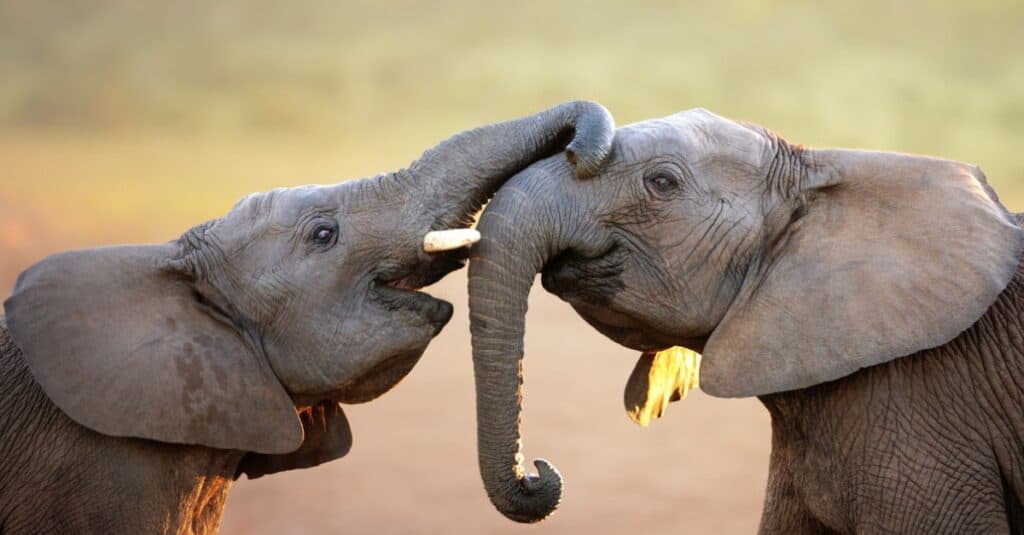
iStock.com/johan63
One of the most well-known mourners is the elephant. When faced with the loss of a loved one, they are said to not only weep tears but also visit the remains and bones of a deceased loved one for months or even years.
Giraffes
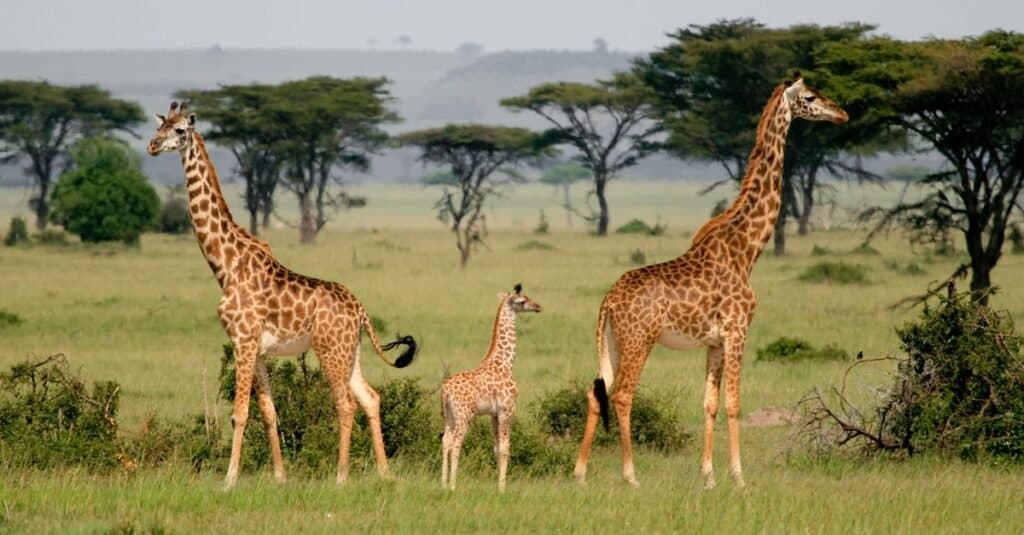
iStock.com/bzamora
Giraffes are known to mourn their loved ones as well. A giraffe’s consolation may include licking a dead child or friend’s body for hours or even days after death as if to provide physical comfort.
Birds

iStock.com/JMrocek
Magpies, jays, and other members of the avian community will cluster around the body of a deceased member of the group, make distress sounds, and even cease feeding for a period.
Domestic Dogs and Cats
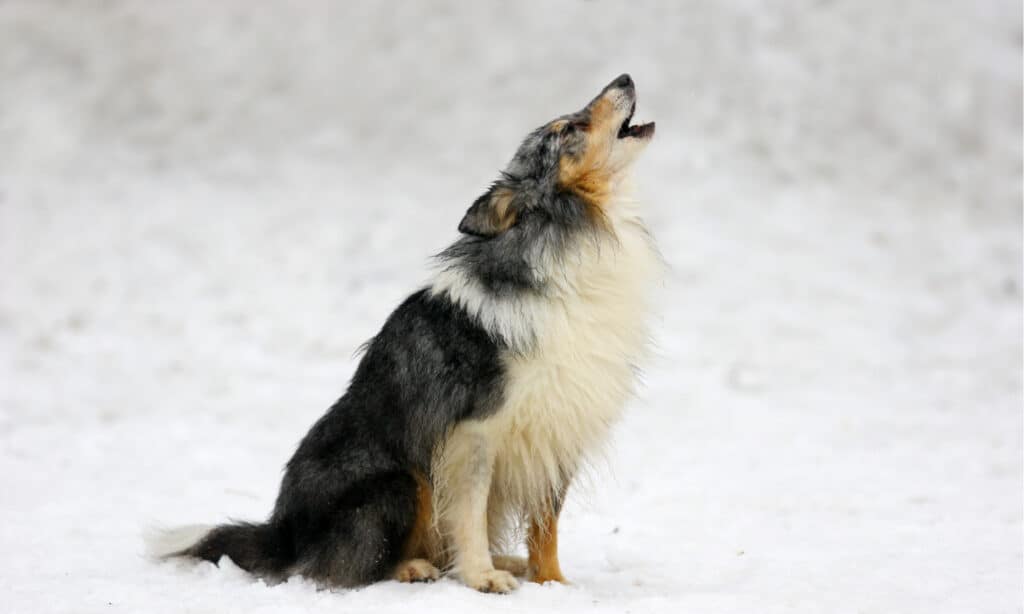
Utekhina Anna/Shutterstock.com
To convey their happiness, dogs typically employ high-pitched barks. This can be considered a cry for joy. Many cats who are joyful make loud purring sounds as well as high-pitched meows.
In Conclusion
The ritual of making tears while crying is something that is claimed to be uniquely human, however other claims may suggest otherwise. And, although the rituals we rely on to find consolation in loss are impossible to recreate, animals certainly share our experience of joy and grief. They are also capable of crying in relation to emotion.
Perhaps most shocking is the role that many animal populations play in their grieving. Learning how many of them turn to their pack for support is amazing. Although their mourning patterns and displays of delight may not always mirror ours, animal emotions can be a moving, beautiful testament to the sensation of joy and grief we all share throughout the course of our lives.
More from A-Z Animals
.more-snake-card-image { max-height:140px !important; }
@media (min-width: 481px) {
.mobile-top-content {
display: none;
}
}
#mobileTopContentCTACarouselControls { overflow: hidden; text-overflow: ellipsis; white-space: nowrap; }
.mobile-top-content .more { color: #fff; }
.mobile-top-content a { color: #fff; text-decoration: underline; }
.mobile-top-content a:hover { color: #fff; text-decoration: underline; }
@media (max-width: 480px) {
.mobile-top-content {
background-color: #06a10b;
color: #fff;
text-align: center;
/*height: 60px;
padding-top:5px;*/
font-size:80%;
/* display: block; */
margin: 0px -30px;
}
}

iStock.com/markhonosvitaly
Animals can and do cry. A bird or other animal’s unique call or the shedding of tears are both technical examples of crying. Animals, however, cry in different ways and generate tears for quite different reasons than people do. To answer the question, “do animals cry?” we’ll look at how animals express their emotions and whether they cry in the same ways we do.
Do Animals Cry?

There is no doubt about it: animals shed tears. However, doing so at the same time they are ‘crying’ is unusual. Tearing by animals is usually for the purpose of lubricating the pupils. This is likely because it’s in their best interest to hide any emotion that could make them appear vulnerable in nature. This is in accordance with the Darwinian principle of survival of the fittest. Animals do however exhibit a wide range of emotions and are known to cry out for their own reasons.
It is also important to note that many pet owners claim that their animals cry and shed tears at the same time. Even Darwin believed that elephants and apes wept, which has been an observed phenomenon. Modern scientists, on the other hand, feel that we are the only species capable of a genuine emotional breakdown and crying. So why is this?
Tears of Joy or Sorrow

Ilona Lablaika/Shutterstock.com
We are the only creature capable of creating emotional tears, according to most experts and scientists. A “tears by association” hypothesis has been put forth to try and explain this. For example, in the evolutionary past, babies would squeeze their eyes as they scream for their mothers. This could have been out of fear of what they saw. When the lachrymal glands would be squeezed, it caused tears to flow. Squeezing the eyes and producing tears thus came to connect with all types of pain and suffering because of this association process.
Does this indicate that humans are the only animals that can feel pain or cry? No! Animals can and do experience a wide range of emotions, including fear, pain, and happiness. Unlike humans, they are not capable of expressing or sharing these feelings in the same ways. So, how do animals convey their deep happiness or grief?
Crying Without Tears

Jojoo64/Shutterstock.com
Even though animals don’t necessarily cry emotional tears, all mammals have been shown to make distress sounds, according to science. When a baby is injured or separated from its mother, this is an example. Until its mother arrives, a human newborn will cry and shed tears of emotion. Wild animals use distress calls and signals to inform their kin when they are in danger. Both can be considered ‘crying’ for aid, even if no tears are shed.
We cry for varied reasons at different points in our lives. Adults are less likely than children to weep when they are injured. When we are upset or happy, for ourselves or others, we, as adults, are more likely to shed a tear. This is because as we become older, our empathy levels tend to rise as does our understanding of pain. The highs and lows of life that one experiences as they age can help one develop empathy for others. So, do animals develop empathy? What are some of the ways that animals express happiness or sorrow? Do they cry when expressing these emotions?
Expressing Joy or Sorrow

Anna Hoychuk/Shutterstock.com
Throughout the animal kingdom, animals can experience a wide spectrum of emotions, including joy and sorrow. Many animals show empathy for people and other animals in a variety of ways, including soothing, grieving, and even rescuing one another from harm at their own sacrifice.
Let’s look at 5 fascinating examples of animals displaying both joy and sorrow throughout the animal kingdom!
Geese

Bildagentur Zoonar GmbH/Shutterstock.com
Goose behavior has shown signs of loss and mourning. A goose’s mourning period includes weight loss, separation from the flock, and submission to the other geese in the event of the death of their long-term mate. In the end, a goose will usually find another companion, usually another one who has also lost its lover.
Elephants

iStock.com/johan63
One of the most well-known mourners is the elephant. When faced with the loss of a loved one, they are said to not only weep tears but also visit the remains and bones of a deceased loved one for months or even years.
Giraffes

iStock.com/bzamora
Giraffes are known to mourn their loved ones as well. A giraffe’s consolation may include licking a dead child or friend’s body for hours or even days after death as if to provide physical comfort.
Birds

iStock.com/JMrocek
Magpies, jays, and other members of the avian community will cluster around the body of a deceased member of the group, make distress sounds, and even cease feeding for a period.
Domestic Dogs and Cats

Utekhina Anna/Shutterstock.com
To convey their happiness, dogs typically employ high-pitched barks. This can be considered a cry for joy. Many cats who are joyful make loud purring sounds as well as high-pitched meows.
In Conclusion
The ritual of making tears while crying is something that is claimed to be uniquely human, however other claims may suggest otherwise. And, although the rituals we rely on to find consolation in loss are impossible to recreate, animals certainly share our experience of joy and grief. They are also capable of crying in relation to emotion.
Perhaps most shocking is the role that many animal populations play in their grieving. Learning how many of them turn to their pack for support is amazing. Although their mourning patterns and displays of delight may not always mirror ours, animal emotions can be a moving, beautiful testament to the sensation of joy and grief we all share throughout the course of our lives.



